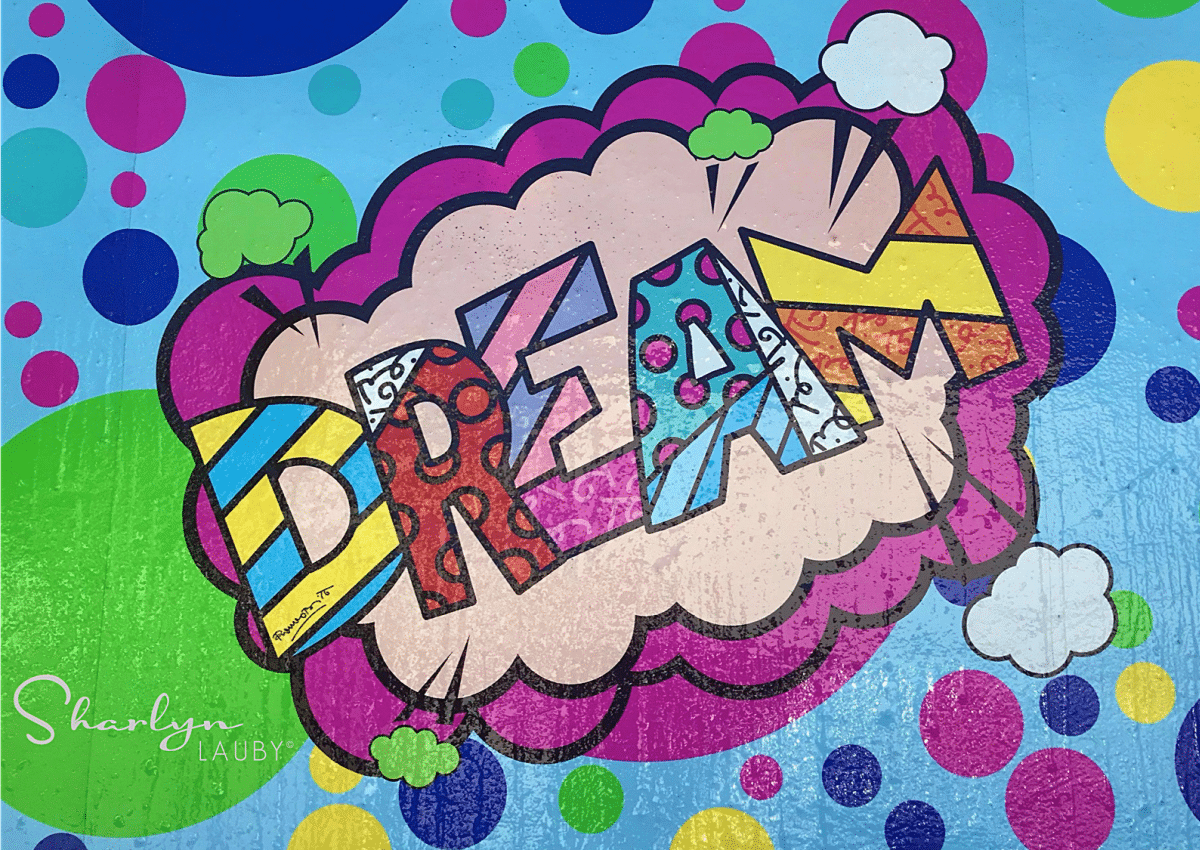How To Be More Creative In Your Career

I ran across an older white paper that talked about the importance of creativity. The article quoted a study from Adobe and Forrester that said 82 percent of companies believe there’s a connection between creativity and business results. I get it. Creativity is important.
I don’t know about you, but when I think of creativity, I think of artists like Prince or Picasso. I have to remind myself that creativity comes in many different forms. And for a logical thinker (like me), I can still be creative. But maybe I need a process to be creative. That’s okay.
Here are a few things I try to keep in mind when I’m trying to be creative – whether it’s to solve a problem, design a program, or just challenge myself.
- Dedicate time to think. Former Secretary of State George Schultz was quoted in an article a few years ago about having a “Schultz Hour”, where he dedicated time on his calendar for the purpose of thinking. I love this idea and try to find time to do the same. One place where I get in “thinking” time is during air travel.
- Apply problem-solving skills. Everyone should find a problem-solving model that they love and can use regularly. It’s like finding your own system to get yourself “unstuck”. My model is called STP (Situation – Target – Proposal). Over the years, I find that it works for me.
- Think beyond the constraints. One of my personal ground rules for problem solving is “There are no rules.” I brainstorm the options and then evaluate all the details. I believe companies put a lot of constraints on themselves because they brainstorm options and evaluate them at the same time. They really should be two separate activities.
- Find what works for others and bounce ideas with respected coworkers. I know many people are best practice haters, but I’m not one of them. I think best practices can provide creative inspiration for ideas. The purpose isn’t to duplicate someone else’s best practice. It’s to use them as inspiration for your ideas.
- Experiment and take calculated risks. Everyone has their own level of tolerance for risk, so I wouldn’t encourage someone to take on more risk than they wish. But that being said, it is possible for us to experiment and explore. Instead of viewing options as “all in or nothing”, are there ways to test drive something and see if it makes sense?
- Take time to cool down. All the things I’ve mentioned involve a bit of stretching comfort zones. After we push ourselves, take a few moments to “cool off”. You know how, after a workout, we do a cool down? Do the same here. Declare a “no decision” time out. Of course, you can’t do this for a super long time, but find someway to clear your head and celebrate your creative time.
Maybe one of the ways we need to think of creativity is in terms of curiosity. I read an article in the December issue of TD magazine about curiosity. A survey cited in the article said the 83 percent of executives encourage curiosity and 49 percent feel curiosity leads to salary growth. So not only is this type of thinking good for the organization, but it’s good for us personally.
Creativity is a difficult subject. I see very few workshops or training programs about how to learn creativity. Most often, we hear about other people’s creative processes. And that’s okay. But we need to be able to take that information and turn it into some guiding principles that will help us be more creative.
What do you do to turn on your creative juices? Leave us a note in the comments.
Image captured by Sharlyn Lauby while exploring the Wynwood Wall Art District in Miami, FL
18